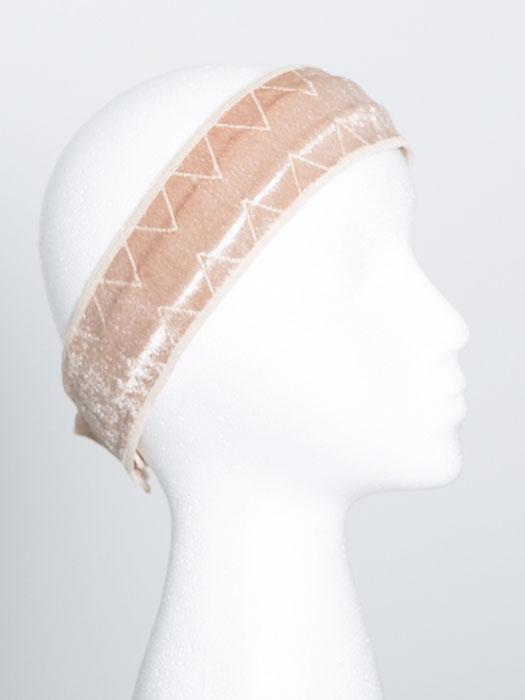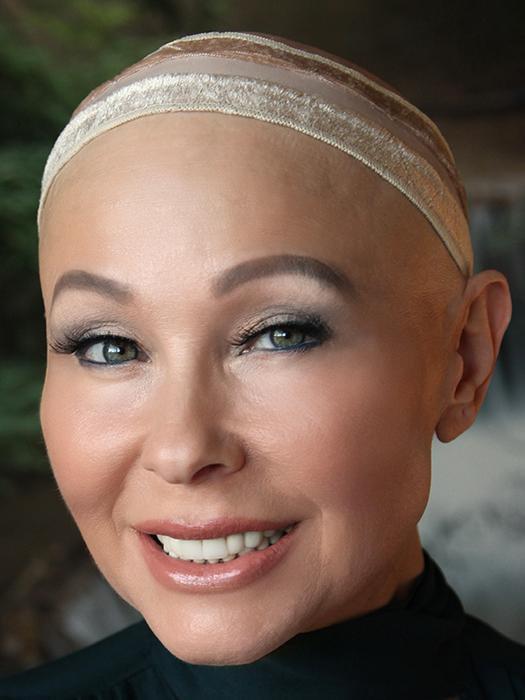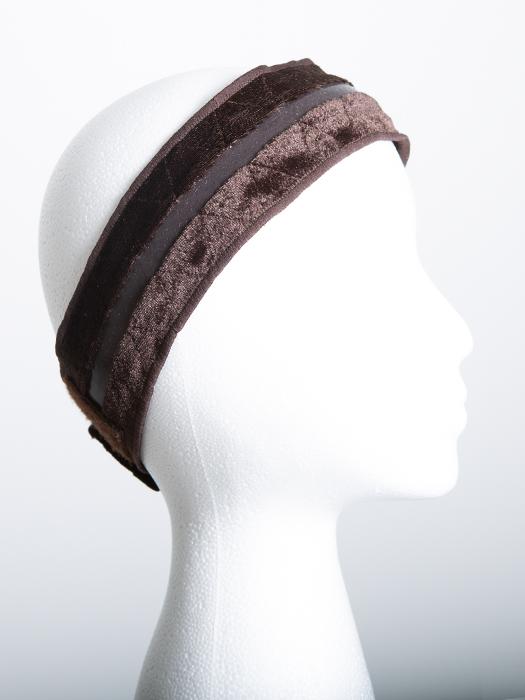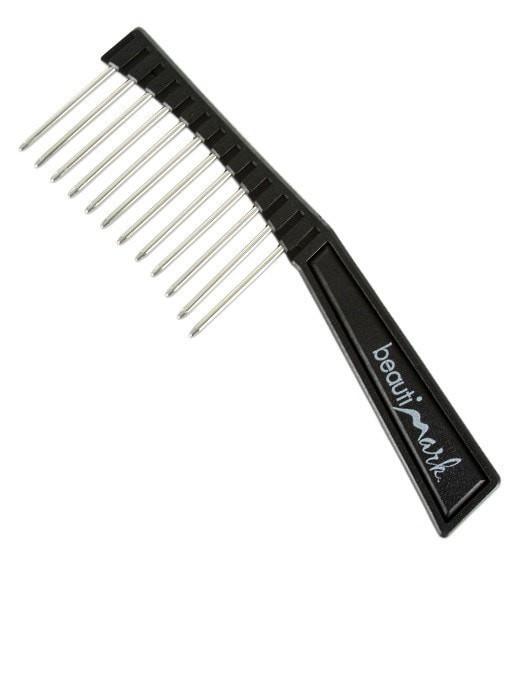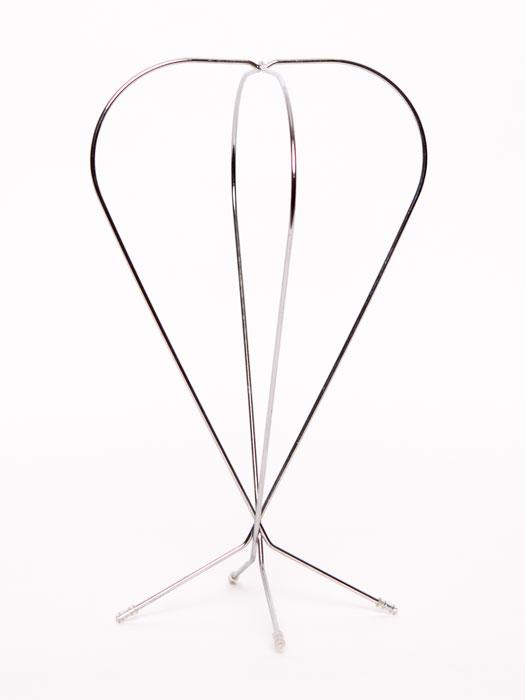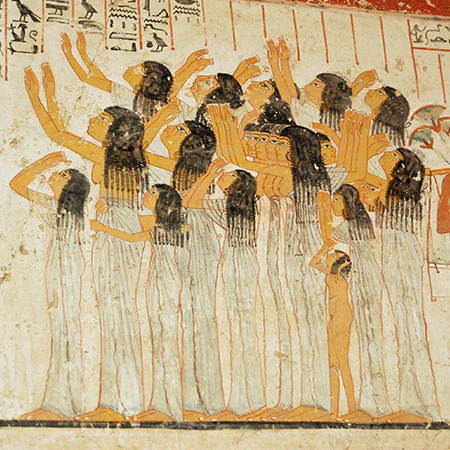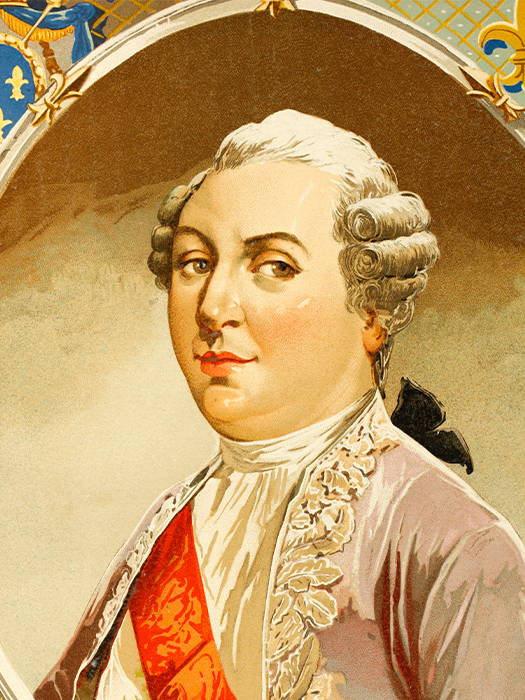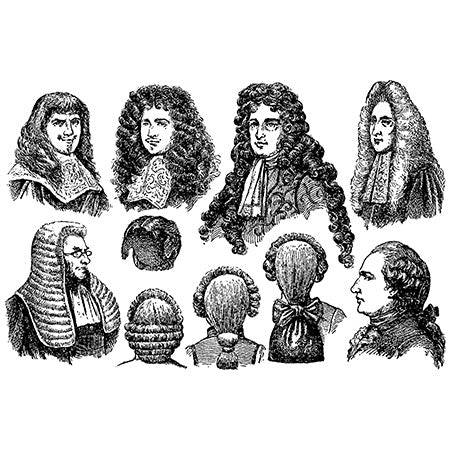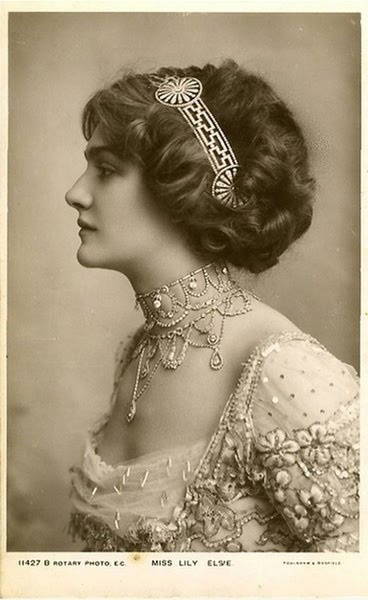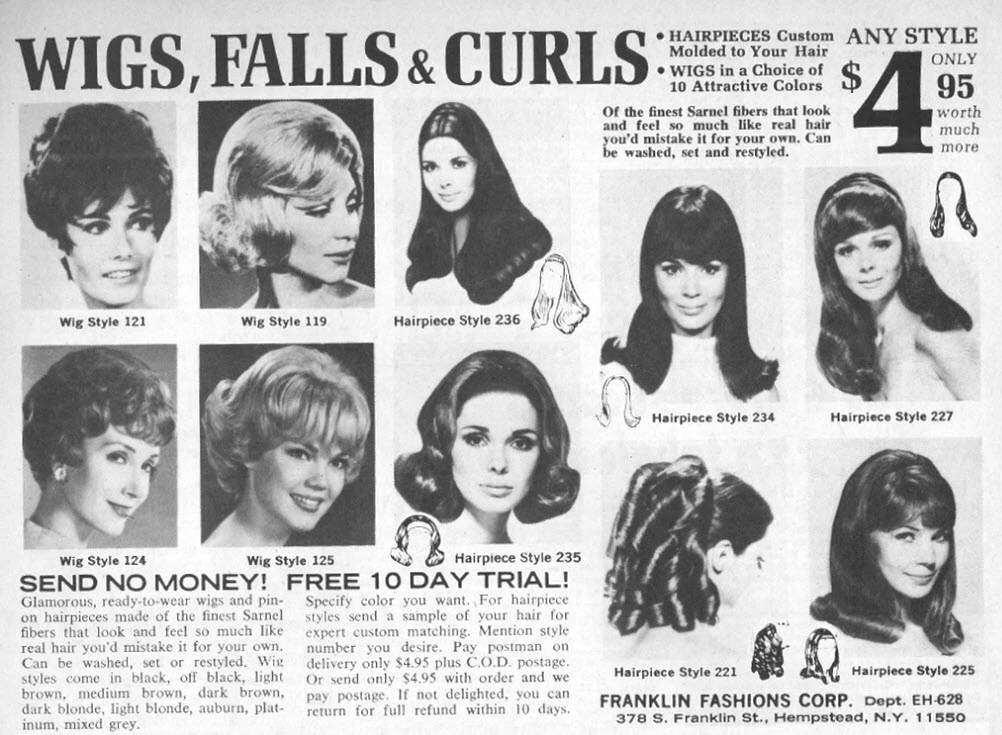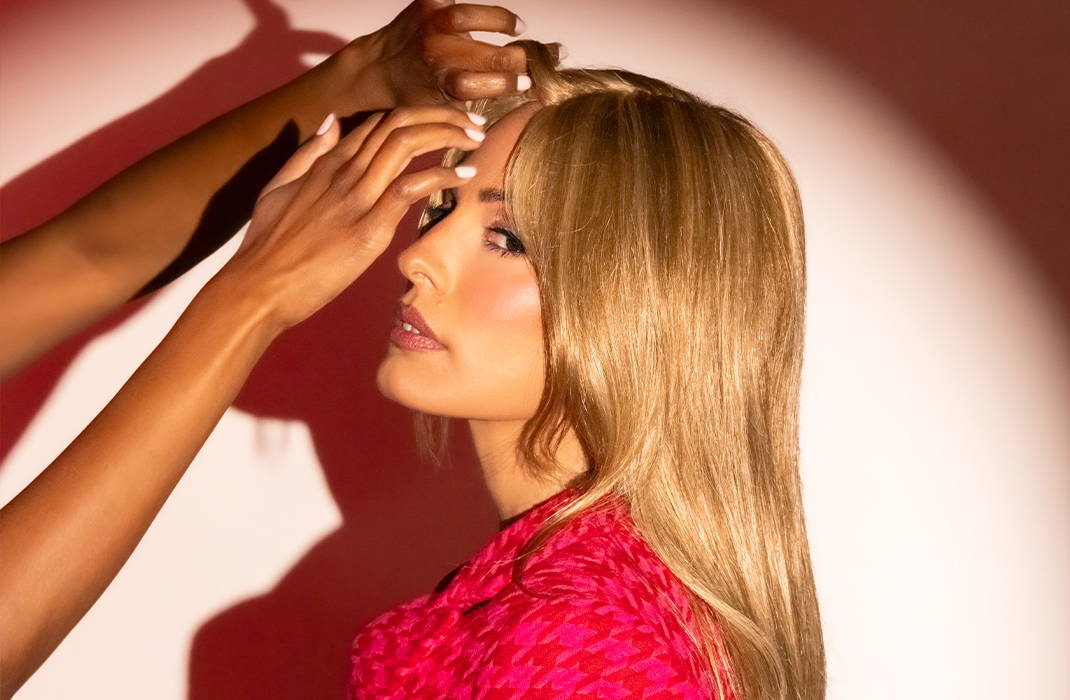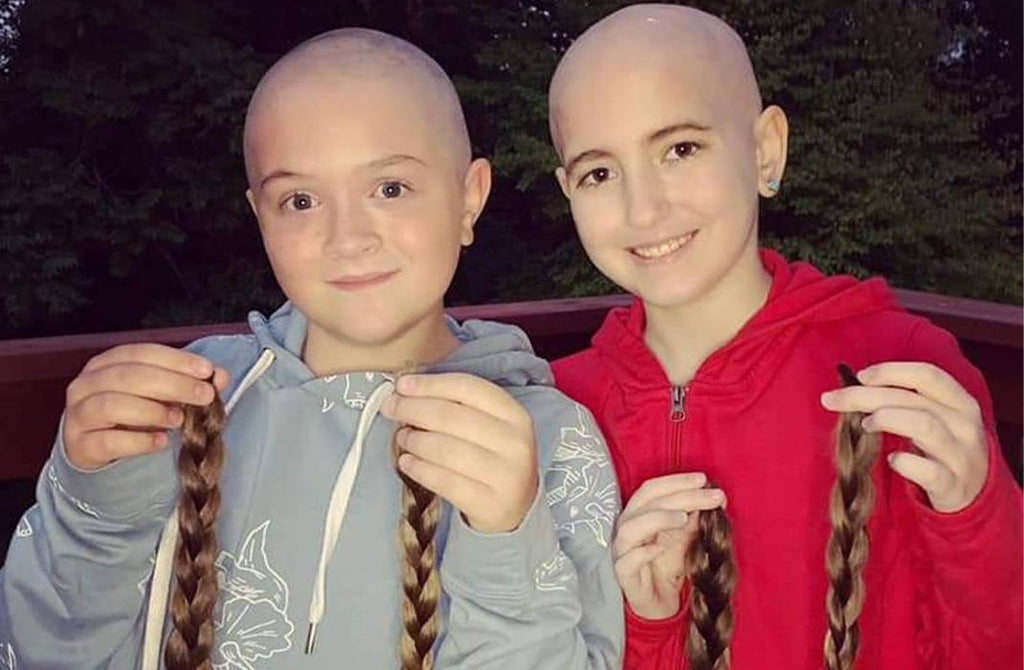The History of Wigs
February 21st, 2024
Throughout history, wigs have been a fashion staple. Their popularity can be credited to their lightness, ease of wear, and ability to blend well with the scalp and natural hairline. They're officially approved, with celebrities like Kylie Jenner and Beyonce rocking them daily and unapologetically. There are so many different kinds of wigs, like human hair wigs, synthetic hair wigs, and lace front wigs. With so many types of wigs, have you ever wondered where they came from or why they were invented? Join us on a journey as we navigate the history of wigs and trace their remarkable evolution from their humble beginnings in ancient Egypt to modern day.
The history of wigs begins around 2700 BCE where the first wig was discovered in ancient Egypt. They were inspired by the hot sun in the desert. Managing hair in those weather conditions was hard, so the Egyptians shaved their hair. However, a bald head wasn't considered trendy, so to cover it and protect it from the scorching sun, they used wigs.
Like today, there were all different wigs in Ancient Egypt – the expensive wigs made from human hair and woven silver and the inexpensive ones made of palm leaves. The style of the wig, too, set the higher class from the lower class.
The introduction of wigs led to new career opportunities like hairdressing, which inspired more creativity. By the end of the 15th century, the wig industry had evolved, and there was more than one option available. Some people could have fake hair gummed to their heads to supplement their hair. And others wore a complete head of false hair (a wig), known as a perruque back then. The name evolved in the 17th century to a peruke, periwyk, and periwig. Finally, in 1675, it became known as the diminutive wig.
History of Wigs: 17th & 18th Century – The White Colored Wig Era
With time, wig-making improved, and fuller hair became the desired look. This was possible due partly to the invention of wigs that had inspired the growth of the hairdressing industry, encouraging more creativity.
The 17th century was when the wigs became really popular and acceptable for both genders. Even King Louis the XIV of France, who always used false hairpieces to make up for his thinning hair finally decided to move on to wigs. Though worn by courtiers and kings before him, including his father Louis XII, who was balding by age 23, King Louis XIV made wigs a part of fashion for the aristocratic world. He even employed around 40 wigmakers to keep up with his habit.
His hair was shaved every morning for a completely bald look, and then he would wear a custom-made lace front wig sewn with silken thread. Since the fashionable Sun King embraced the lace front wig, people mimicked his wig style.
In this era, the bulkier the hair was, the better it was (more was better). The full-bottomed wigs were sold at a higher price, and they were primarily worn during formal occasions. The rich had two sets of wigs – the full wigs for high-profile meetings and smaller wigs to wear at home.
The lower class who couldn't afford the wigs would style their natural hair to appear like a wig. That's how fashionable wigs were in these centuries!
Another huge trend in this century was the white wig - it was considered very stylish. Hairdressers came up with ideas to powder wigs, and they bejeweled women's wigs to give them an even more glamorous look.
History of Wigs: 19th Century – The Emergence of Commercial Wig Markets
The history of wigs continues into the 19th century when the wig markets really became a thing. The trendiest hairstyles in these centuries were fronts, pompadour rolls, frizettes, fringes, and switches.
The hairdressers set up workrooms that they used to make postiches for sale. They did this by saving combed hair, which they threw in a hackle and its metal teeth would straighten it.
They packed these hair bundles such that they were ready to be curled up upon request using a bigoudis. The latter was a device made of hardened clay or wood. To store these hair bundles, the hairdresser would boil them in a mixture of water & soda for several hours and then dry them.
When there was a shortage of hair combings, the hairdressers would use women's hair. This led to the emergence of the hair market, where buyers would buy hair from women's heads (LITERALLY).
As time passed, the market continued to grow, and the wig dealers started importing human hair from other countries, including Japan, China, India, and Asia Minor. The imported hair would be boiled in nitric acid to remove the vermin and color before the sale.
History of Wigs: 20th Century – Present
Thanks to the lace front wig invention, the wig industry improved in the early 1900s, when other wig styles like fronts and fringes were born. In the 1920s, the natural look was in fashion, which tanked the wig business. Many women were more into the bob hairstyle, but older women continued wearing wigs.
In the 1950s, wigs became popular again as a way of experimenting with new hairstyles without going through the hairdressing process. This was an excellent way to save time and dodge the pain of braiding. It wasn't until the 1960s that the wig industry went through some massive changes that included white hairdressing options.
By 1958, the wig market had grown so much that at least a third of the American women had one 'convenience wig.' The greatest evolution of wigs in the 1950s was the invention of a wig making machine in Hong Kong. The machine made washable, nylon and acrylic wigs. By 1969, 40% of the wigs in the market were synthetic.
This innovation flooded the market with fake and cheap wigs. The wig export business growth was so fast that by 1970 the company had 24000 workers.
But the history of wigs does not end there. The wig industry continues to grow and thrive in the 21st century. The wig industry has really upgraded in terms of wig authenticity and style. For example, unlike the traditional wigs, the modern wigs now have natural hairlines. This can be credited to the lace front.
At first, people were only wearing lace front wigs because they were easily styled, allowing them to explore different hairstyles. However, this is changing, and many women are now exclusively opting for lace front wigs for several reasons, including ease of wear and blend-ability with the scalp.
This shift happened in 2016 when the first 360-degree lace wig was created. It also meant that women could wear completely detachable ponytails. The lace front has also helped wigs evolve in terms of versatility. For example, it was impossible to engage in activities like swimming and exercising with the traditional lace front wigs. But with the modern lace front wigs, all this is now possible. As a result, many people are now opting for these easy-to-wear wigs instead of more invasive procedures like adding hair using surgical methods.
In addition to lace front wigs, human hair wigs also help create a natural look. These types of wigs are now available in all price ranges, and all women can wear them. In the past, most women only wore synthetic wigs because the human hair wigs were all highly-priced.
As technology improves in the future, we will hopefully have synthetic lace front wigs that look and feel exactly like our own individual hair texture. Lastly, wigs are now available in all styles and colors; we even have fun colored wigs, like pink and blue, which wasn't an option in the past.
Featured here: Stevie by Amore in shade Spring Honey
Final Thoughts
The history of wigs shows the wig industry going through many changes to get where it is today. Luckily, it has given women an easier and faster way to style up hair, which is also cost-effective in the long run.
Lace front wigs have also helped aid in the popularity of wigs. Before it wasn’t possible to mimic a natural hairline, but now you can pick your lace front wig shade. This allows you to choose something that looks like your scalp color. Thanks to the lace front feature, it’s almost impossible to tell whether someone is wearing a wig or it's just their natural hair. Today, wigs are not only worn to enhance beauty, but cancer patients also use them after chemo as well as women with permanent hair loss. It's a beautiful world that will only get better.
What do you think the wig industry will be like in the future? Please share your thoughts with us in the comment section.

